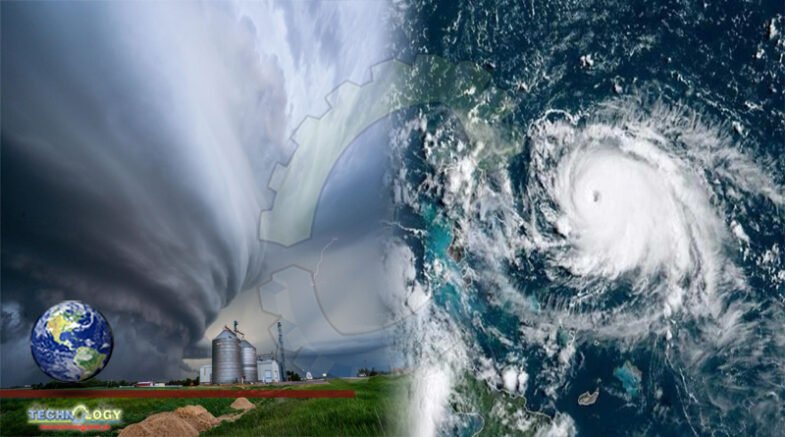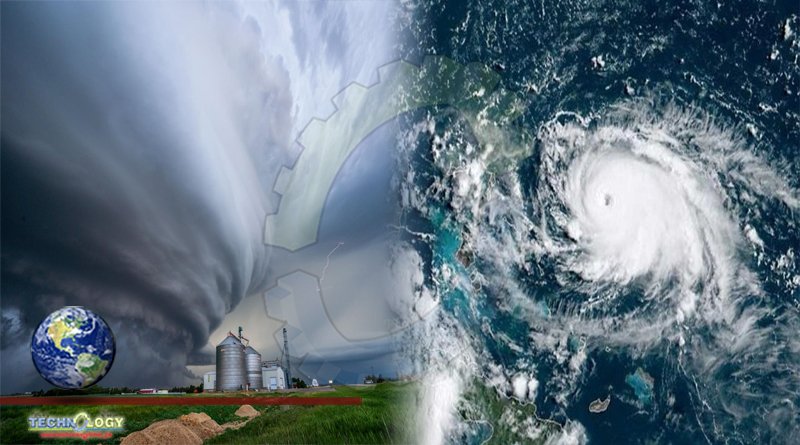If you happen to be called Aiden, it’s likely sure you’ve had your fill of storm names jokes over the past 24 hours!

Cue: “Some damage you caused there Aiden!” (I know, hilarious).
Want to know if your name is going to be a storm anytime soon? Keep reading.
The 2019-2020 storm season has 21 names, which alternate between male and female.
Earlier this year, you may remember we had storms Atiyah, Brendan, Ciara and Dennis, Ellen and Francis – and everyone remembers the big ones over the years like Hurricane Charley (1986) and Ophelia (2017).
Naming storms is something the UK’s Met Office and Met Éireann started more than six years ago, with a new list drawn up every 12 months that run throughout each storm season which starts in September.
For the 2019-2020 storm season, the two weather offices have also teamed up with the Royal Netherlands Meteorological Institute, which is the Dutch weather body. All three countries will use the same names for the storms.
“A storm is named by a National Met Service when Orange or Red level winds are forecast to impact over a wide land area. Orange or Red level gusts can occur in exposed areas without the event being named,” says Met Eireann.
However, once a storm is named by any National Met Service globally, that name is kept the same if the storm moves into Irish and UK waters.
For example: Ophelia was named by the National Hurricane Center (USA) and Jorge (Spain).
So why do they do it? Well, it’s actually quite simple: to humanise the weather events and make them more understandable to members of the public
Giving a storm a name means people can easily look up how it will impact them online for example.
This summer Met Éireann and the UK Met Office received thousands of suggestions from the public following a call for people to send in ideas for future storm names – did you send in yours?
Originally published at CorkBeo
